Non reliance letter template
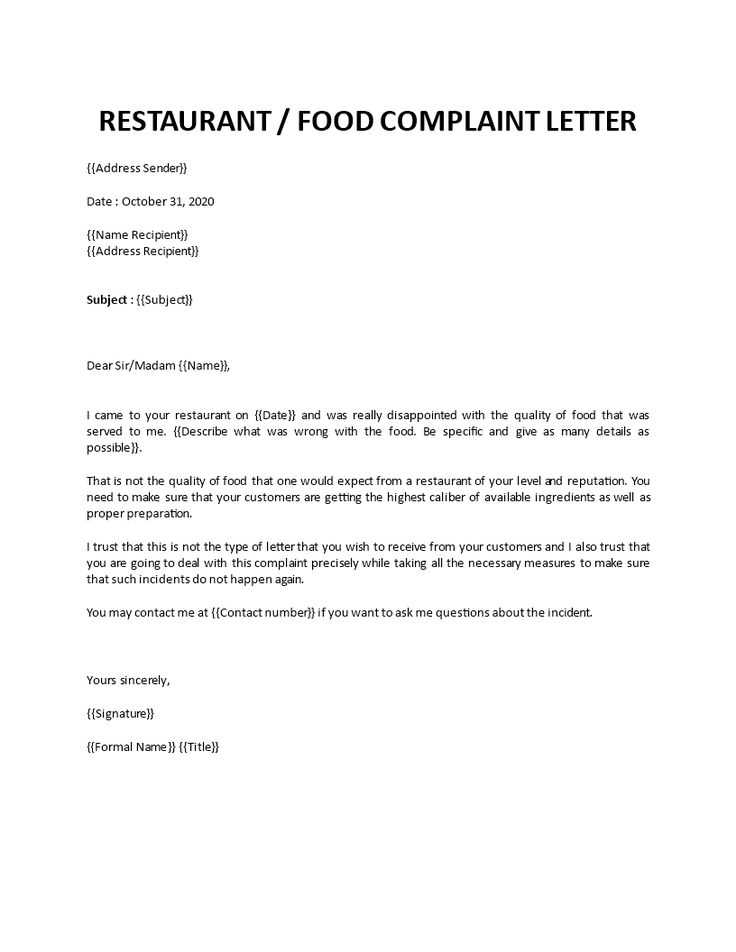
Key Components of a Non Reliance Letter
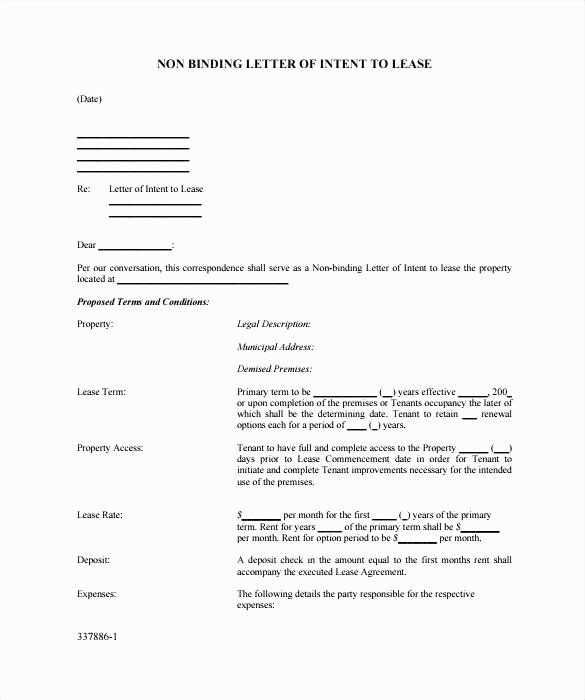
Ensure the letter clearly states that the recipient should not rely on any information presented within the document. This could apply to financial, legal, or other professional contexts where the recipient is warned that the details shared are not guaranteed or verified for accuracy.
1. Introduction Statement
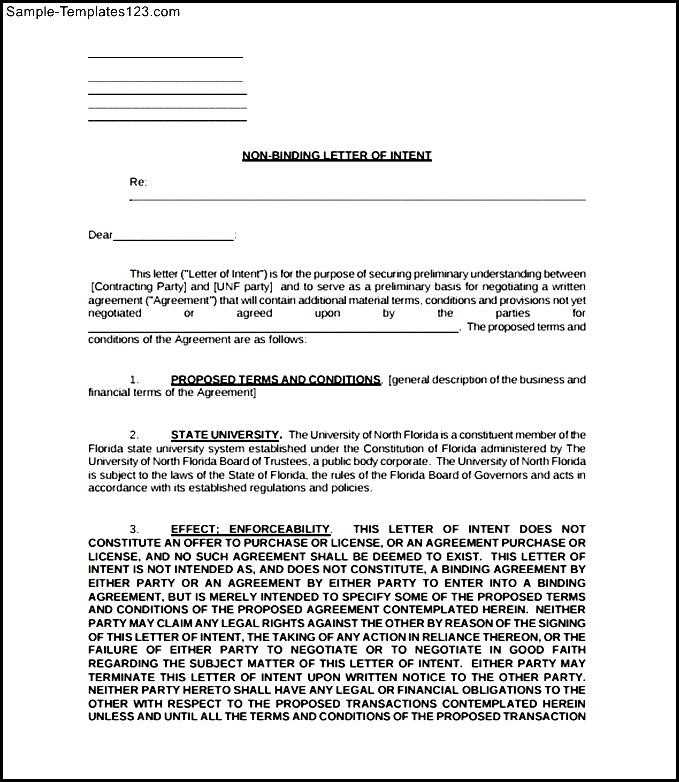
Begin by explicitly stating the purpose of the letter. For example, mention that this letter serves to clarify that no reliance is intended by the recipient on the provided details. This should be simple and to the point.
2. Specific Details and Limitations
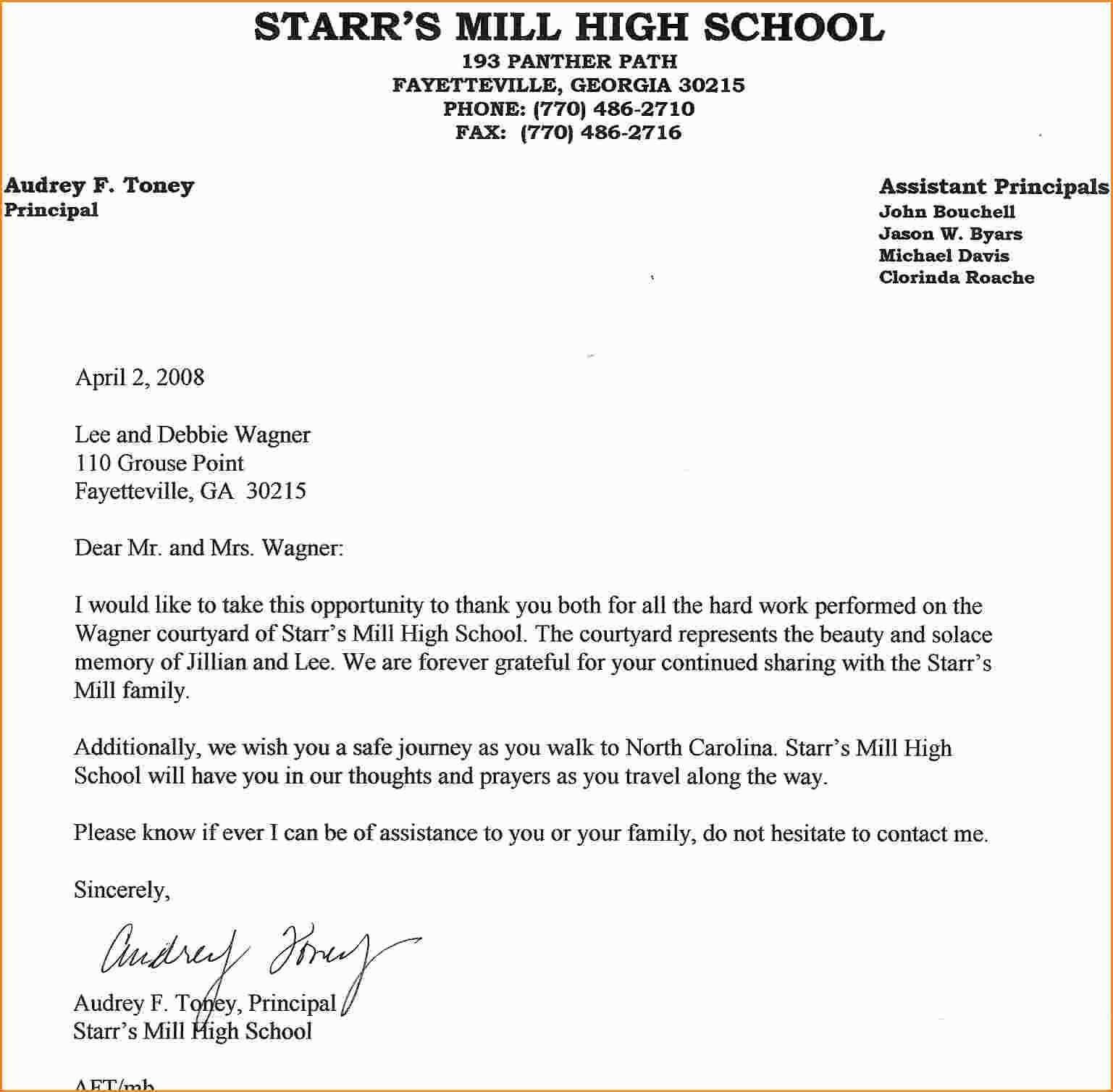
Outline the specific information or actions that the recipient should not depend upon. Clearly define the scope of any advice or data given, mentioning if it’s based on preliminary information or assumptions that may change.
3. Disclaimers
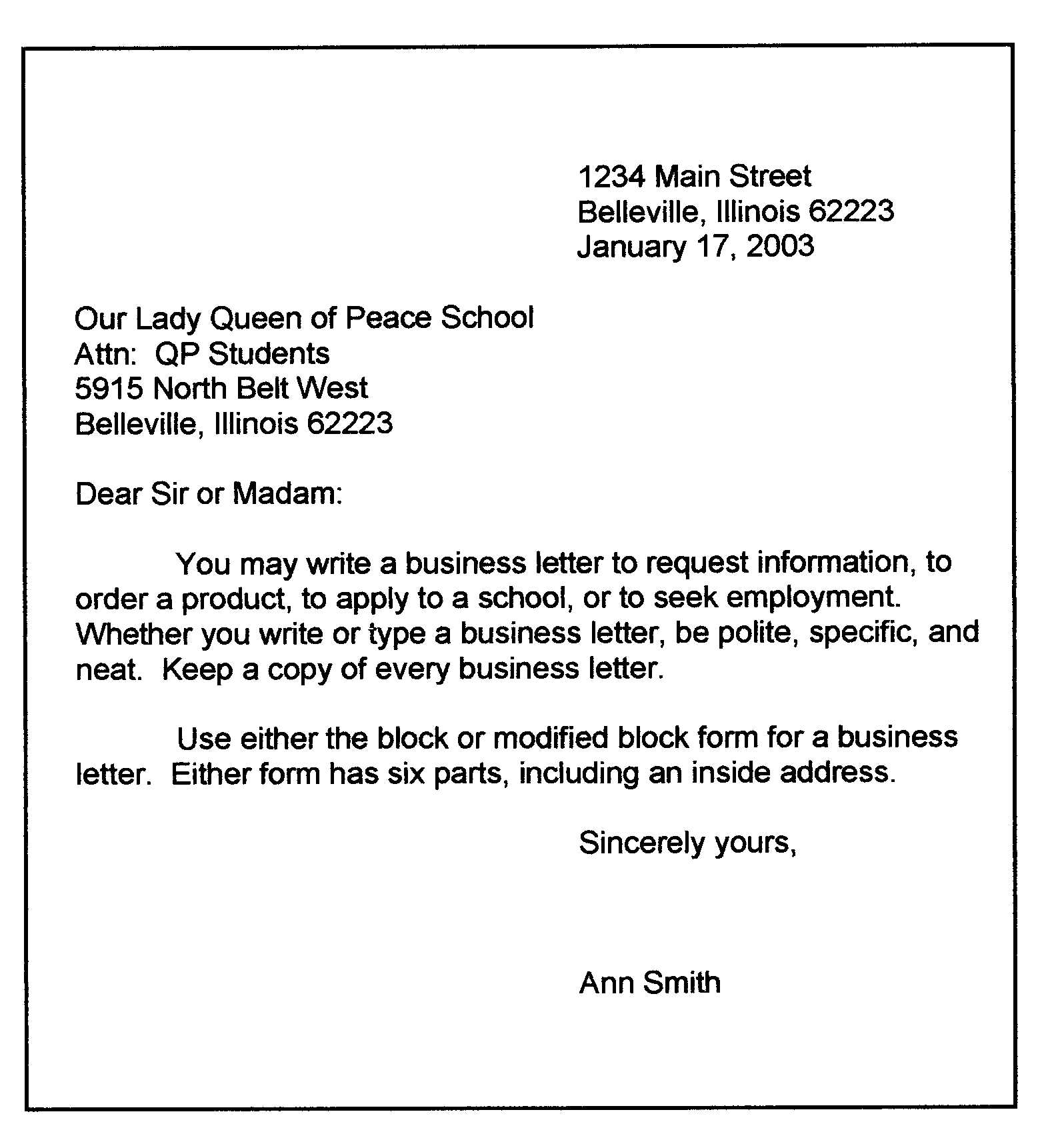
Include a disclaimer regarding liability. Mention that the sender is not responsible for any actions taken based on the letter’s contents. This is vital for ensuring the sender is not legally liable for misinterpretation or misuse of the information.
Sample Non Reliance Letter Template
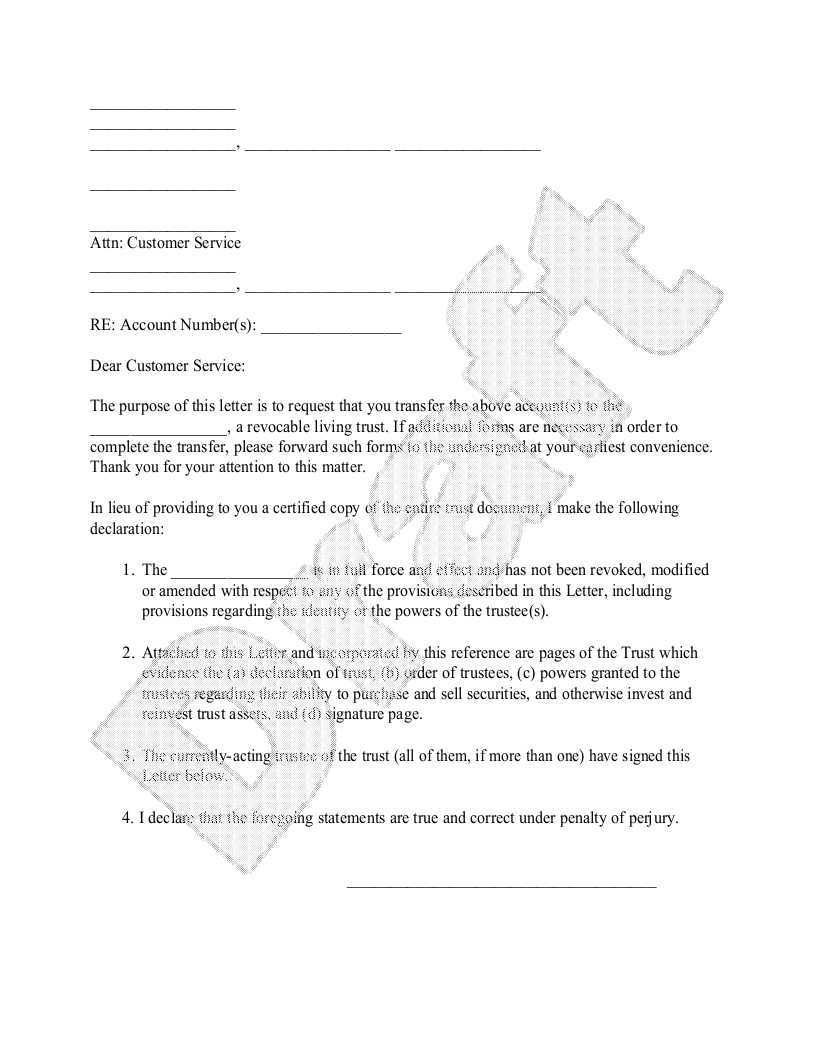
- [Your Company Name]
- [Date]
- [Recipient’s Name]
Subject: Non Reliance Letter
Dear [Recipient’s Name],
We are writing to confirm that the information provided to you on [specific date or occasion] regarding [describe the subject matter] is intended for general informational purposes only and should not be relied upon for making any decisions.
The details shared are based on preliminary data and are not verified for accuracy or completeness. Therefore, we expressly disclaim any liability for any action taken or decision made based on this information. We recommend that you conduct further verification before proceeding with any related actions.
We trust this clarifies our position, and if you need additional information, feel free to reach out.
Best regards,
[Your Name]
[Your Position]
[Your Company Name]
Non-Reliance Letter Template
What is a Non-Reliance Letter?
When to Use a Non-Reliance Letter
Key Elements of a Non-Reliance Letter
Common Mistakes to Avoid in a Non-Reliance Letter
Examples of Non-Reliance Letter Scenarios
How to Draft a Non-Reliance Letter Template
A Non-Reliance Letter is a legal document that clarifies that one party is not relying on any representations or statements made by the other party, either in verbal or written form, during a transaction or negotiation. It serves to protect against future claims based on false assumptions or information. This document is commonly used in transactions like mergers, acquisitions, or financing deals where parties want to ensure they are not held responsible for misunderstandings.
Use a Non-Reliance Letter when you want to make clear that the other party cannot later claim reliance on any statements, information, or representations you may have made during the discussions. This letter is typically used to establish boundaries regarding what should be considered as fact or agreed-upon terms. It also helps avoid liability for actions taken based on incorrect or incomplete information exchanged in preliminary talks.
Key elements of a Non-Reliance Letter include:
- The identification of the parties involved.
- A clear statement of what representations or warranties are not relied upon.
- Specific exclusions of liability or responsibility regarding future claims.
- Clear terms regarding the validity and scope of the non-reliance provisions.
- A signature section for both parties to confirm their agreement.
A common mistake in drafting a Non-Reliance Letter is failing to make the exclusions and disclaimers clear enough. Vague language or generalizations can lead to confusion and may not effectively protect against future claims. Ensure the wording is specific to the type of transaction and that it covers all relevant statements or actions. Additionally, some letters fail to define the scope of non-reliance, which can leave the document vulnerable to challenges later.
Examples of scenarios where a Non-Reliance Letter would be used include:
- In a merger, where one company wants to avoid liability for financial statements or projections provided during the due diligence phase.
- In a loan agreement, where a lender may want to ensure the borrower does not rely on informal representations made before the formal contract is signed.
- In a real estate transaction, where a seller and buyer agree not to hold each other liable for any verbal agreements made prior to the sale.
To draft a Non-Reliance Letter, ensure you:
- Clearly state the intent of the letter and the relationship between the parties.
- Specify the non-reliance clause in straightforward language.
- Provide any relevant legal references or definitions if necessary.
- Have both parties sign the document to acknowledge their understanding and agreement.